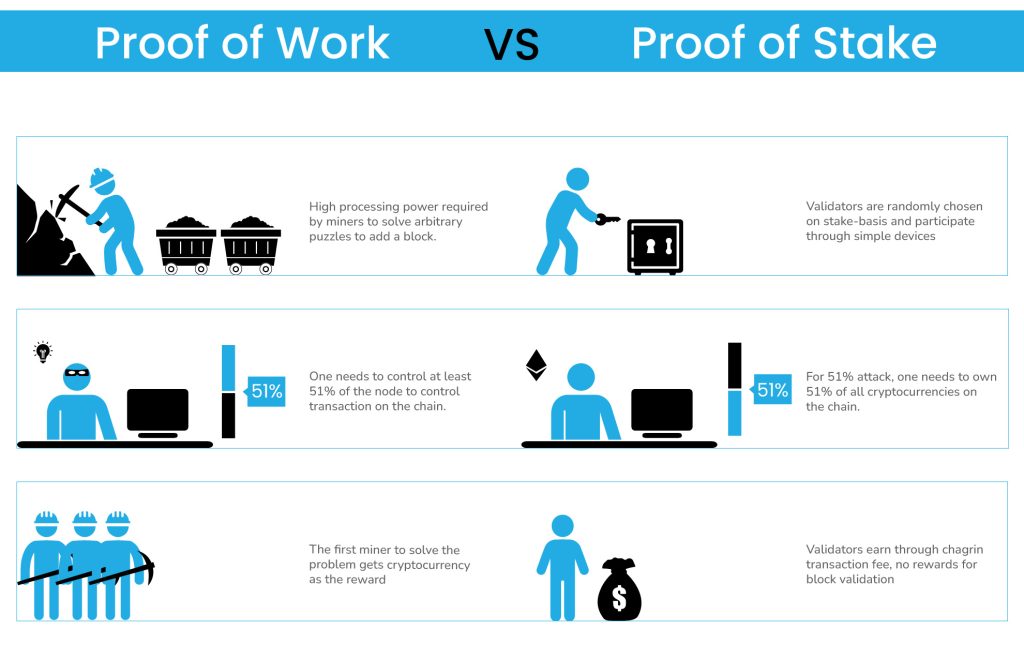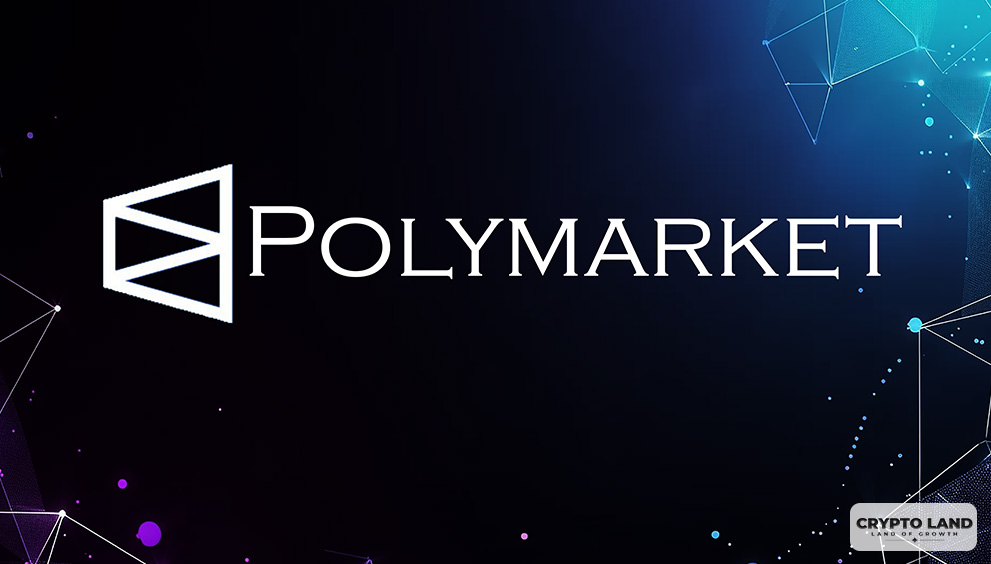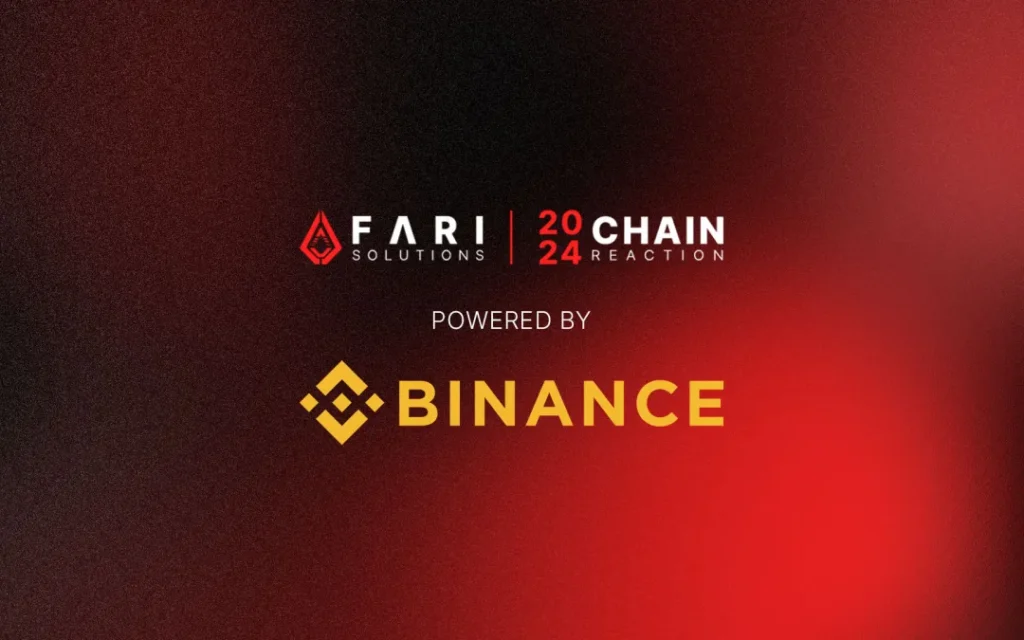Proof of Work vs. Proof of Stake: Know the Biggest Difference

Since long ago, the blockchain world has argued over the merits of two key methods for securing networks and processing transactions: Proof of Work (PoW) and Proof of Stake (PoS). Both aim to maintain the integrity and reliability of decentralized networks; however, they operate in very different ways, with distinct impacts on aspects such as security, scalability, and energy consumption.
As the cryptocurrency space grows, understanding PoW and PoS has become essential not only for blockchain developers but also for anyone looking to understand the future of digital currencies.
Let’s explore how PoW and PoS work, their pros and cons, and why this choice could shape the future of blockchain technology.
What is Proof of Work?

The first consensus method is proof of work, which is where Bitcoin started. It makes use of a process known as mining, whereby the computers in the world race to solve complex mathematical puzzles.
The computer that gets the solution first gets the chance to validate the latest transaction block, which it adds to the blockchain in exchange for a reward in cryptocurrency.
The catch?
Mining requires tremendous computational power and significant energy consumption. This energy-intensive process is designed to keep the network secure because redoing the computations for any block would require vast amounts of power. That is the “deterrent effect” of PoW’s security model, making it effectively impossible for anyone to alter previous transactions without a fantastic expenditure.
Why Proof of Work Works Better
Very Secure: PoW networks are very secure. For an attacker to alter a transaction, they would need to re-mine each block after the one they want to change-extremely expensive.
Decentralization: PoW is inherently decentralized because any party with enough computational power can mine, thus creating a decentralized network of contributors.
Challenges Of Proof Of Work:
Energy Consumption: PoW’s biggest disadvantage is its heavy energy usage, which makes it questionable in a world moving towards greener technology.
Scalability: Because mining is extremely resource-intensive, PoW networks can be slower and more expensive to scale as they grow.
What is Proof of Stake?
In PoS, “stake” is represented by cryptocurrency locked as some form of deposit to act within “validation,” not with computation to solve a computationally hard problem.
Accordingly, this model would not require energy-sucking calculations, which, of course, puts it in a good light for the environment by significantly reducing its environmental cost compared to PoW.
When chosen, the transaction validator receives a reward in cryptocurrency proportionate to their stake. Ethereum’s transition from PoW to PoS highlighted that PoS can scale much more sustainably than traditional systems because it reduced Ethereum’s energy consumption by over 99%.
Why Proof of Stake is on the Rise?
Energy Efficiency: By not requiring computationally heavy mining, PoS requires much less energy, attractive to the eco-conscious customer.
Normally, scanning PoS systems tend to be more affordable and easier to scale in size as the network grows when more transactions are added.
Disadvantages of Proof of Stake:
Centralization of Wealth: The more tokens someone has, the more powerful they are. This means the network is less decentralized in PoS.
Security Concerns: Even though PoS networks are secure, because they rely on staked assets, they may be more vulnerable to certain forms of attacks.
Security: The Core Comparison
Security is integral in blockchain technology, with different models in PoW and PoS. PoW, based on the concept of computational difficulty, is relatively robust against the so-called “double-spending” attacks, where some hacker theoretically should be able to spend one cryptocurrency twice.
Such an alteration of transaction by a hacker in case of PoW is completely unrealistic because alteration of transactions requires huge computational resources.
PoS has, however, a different defense system. If a validator attempts to validate a false transaction, they can be “slashed,” losing part of their staked assets.
This serves as a powerful disincentive for such dishonest behavior. PoS networks are secure; critics argue that they could be more susceptible to particular kinds of attacks, for instance, “long-range attacks,” where an attacker having old keys could try to create an alternate blockchain history.
Generally, significant security aspects are observed with PoW due to the high computation costs dissuading attacks. Therefore, security features of PoS vary but are rapidly developing. As Ether has already switched to PoS, there is a new case: the system’s security is increasing mainly with the adoption of protocols about networks.
Environmental Impact
The reliance of PoW on computational power turns into heavy energy consumption in many cases, sometimes compared to a small nation.
On the contrary, PoS is extremely eco-friendly. It does not require energy-consuming calculations and saves plenty of energy.
Ethereum’s success in switching from PoW to PoS has been a huge win for environmentalists, as they argued that it dropped Ethereum’s energy consumption below 99%.
Decentralization and Accessibility
Decentralization is one of the founding principles of blockchain, but unfortunately, PoW and even PoS face challenges regarding this front.
In PoW, large mining pools or companies with access to cheap electricity tend to dominate, and this raises concerns on the front of concentration of power and unequal access to mining.
PoS, on the one hand, reduces the importance of physical resources. Because the probability of becoming selected as a validator depends solely on the amount staked, hence the wealthier participants in the network can exert more influence.
While both PoW and PoS have tried to address these issues, decentralization is a difficult balance to strike. Each mechanism points to the tension blockchain is facing today: a balance between fairness, scalability, and security in preserving decentralization.
Conclusion
PoS natively captures the heart of blockchain’s current challenge: security, sustainability, and decentralization. PoW has pertinent properties for security and decentralization yet remains at the foundational level; therefore, the next generation will be more reliant upon the scalability and environmentally friendly version of PoS.
Neither solution is perfect, but both will shape the future of blockchain and offer obvious benefits with limitations.























![Top Altcoins in October [2024] You Should Look Out For 23 Top Altcoins in October [2024] You Should Look Out For](https://cryptolandoff.com/wp-content/uploads/2024/10/Top-Altcoins-in-October-2024-You-Should-Look-Out-For.jpeg)




























































































































































































